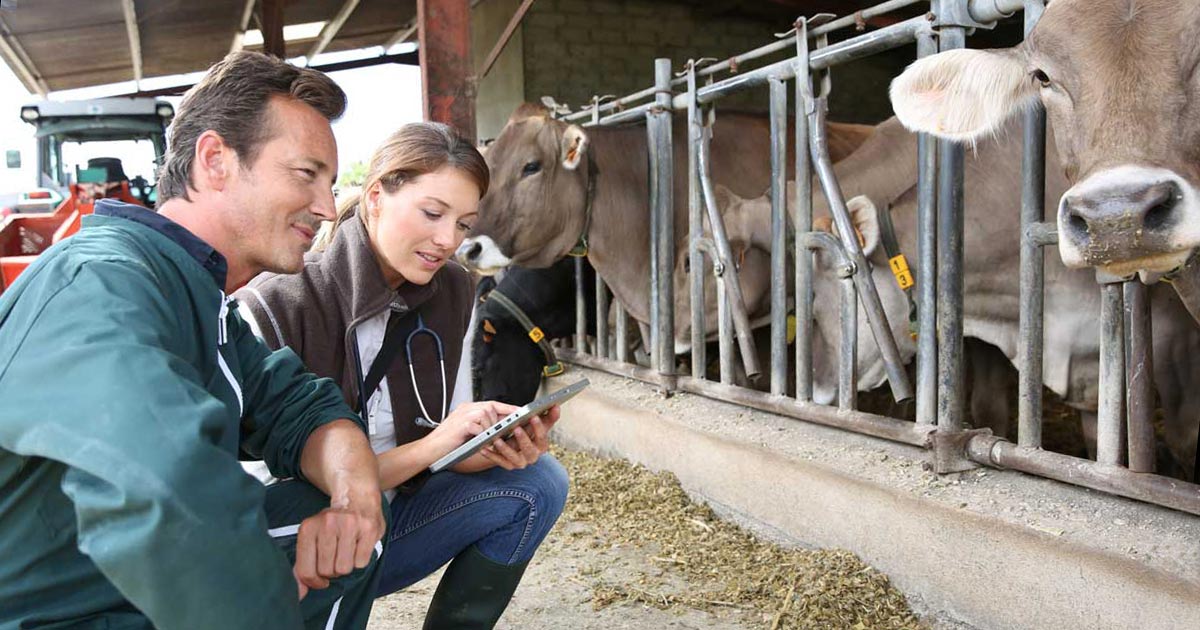Treating And Preventing Fascioliasis
Cook Meat Well

Individuals who enjoy sushi and sashimi might breathe a sigh of relief when it comes to fascioliasis, as the type of liver fluke under discussion doesn’t parasitize fish. It does, however, contaminate aquatic plants, and if a cow eats those plants, it can infect the cow’s liver. In turn, eating raw beef liver can infect a human. It is simply good practice to cook meat well to eradicate any fasciola adults, eggs, or larvae and the adults, eggs, and larvae of other parasites. Though some individuals do like their liver a bit undercooked, the interior of the organ should be at least 160 degrees Fahrenheit before it’s eaten. The internal temperature of chicken should be 165 degrees Fahrenheit, while the internal temperatures of other meats such as pork and lamb should be at least 145 degrees Fahrenheit.
Reveal the next method of preventing fascioliasis now.
Inspection Of Animals In Risky Areas

Another way to avoid fascioliasis is to make sure the animals in risky areas are inspected. This involves checking their livers after they have been slaughtered or examining their feces. If liver flukes are discovered on a farm, the farmer has the option of treating their livestock for the parasite. This can be a delicate procedure because successful treatment depends on how long it takes from the animal’s being infected until the parasite becomes a reproductive adult, which can vary from one season to another. Two effective medications against liver flukes in cattle are clorsulon and albendazole. However, if the liver of the carcass is seen to be infected with flukes, it is condemned.
Understand more ways to prevent fascioliasis by reading the next tip now.
